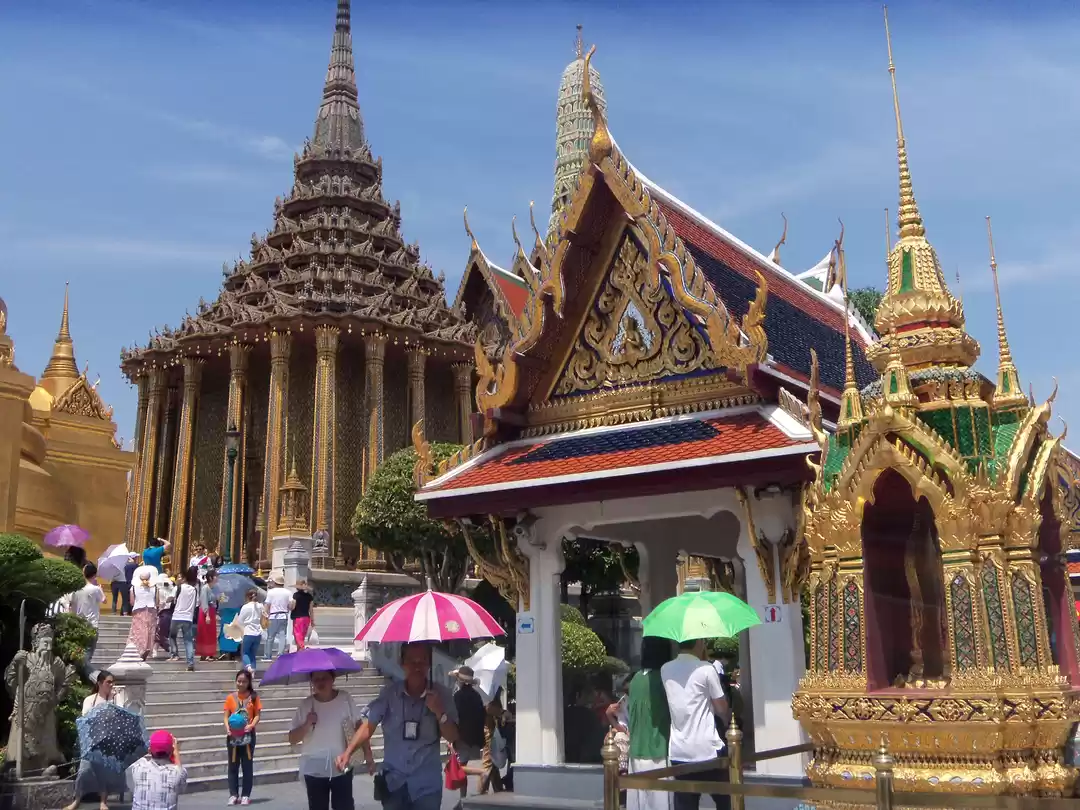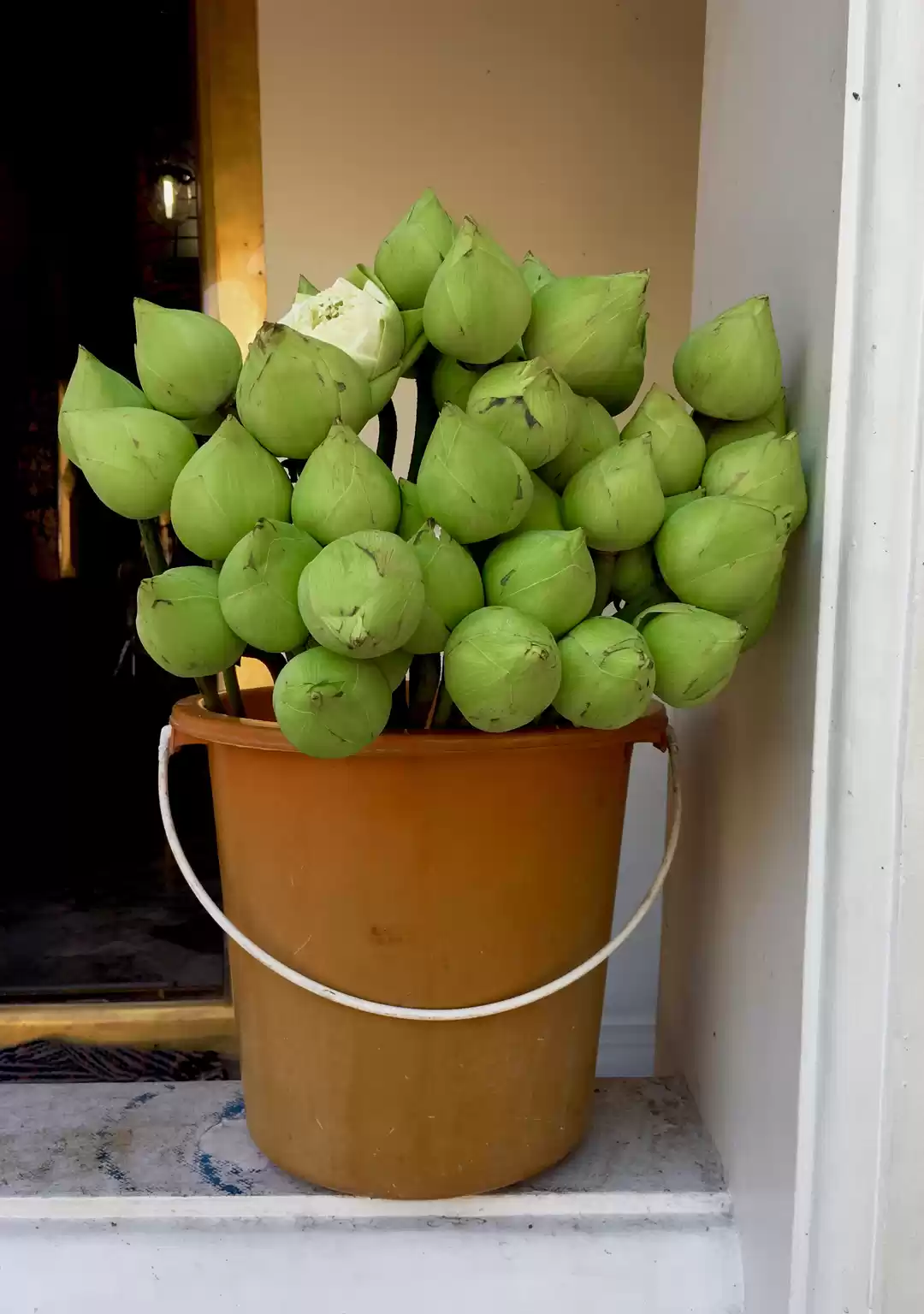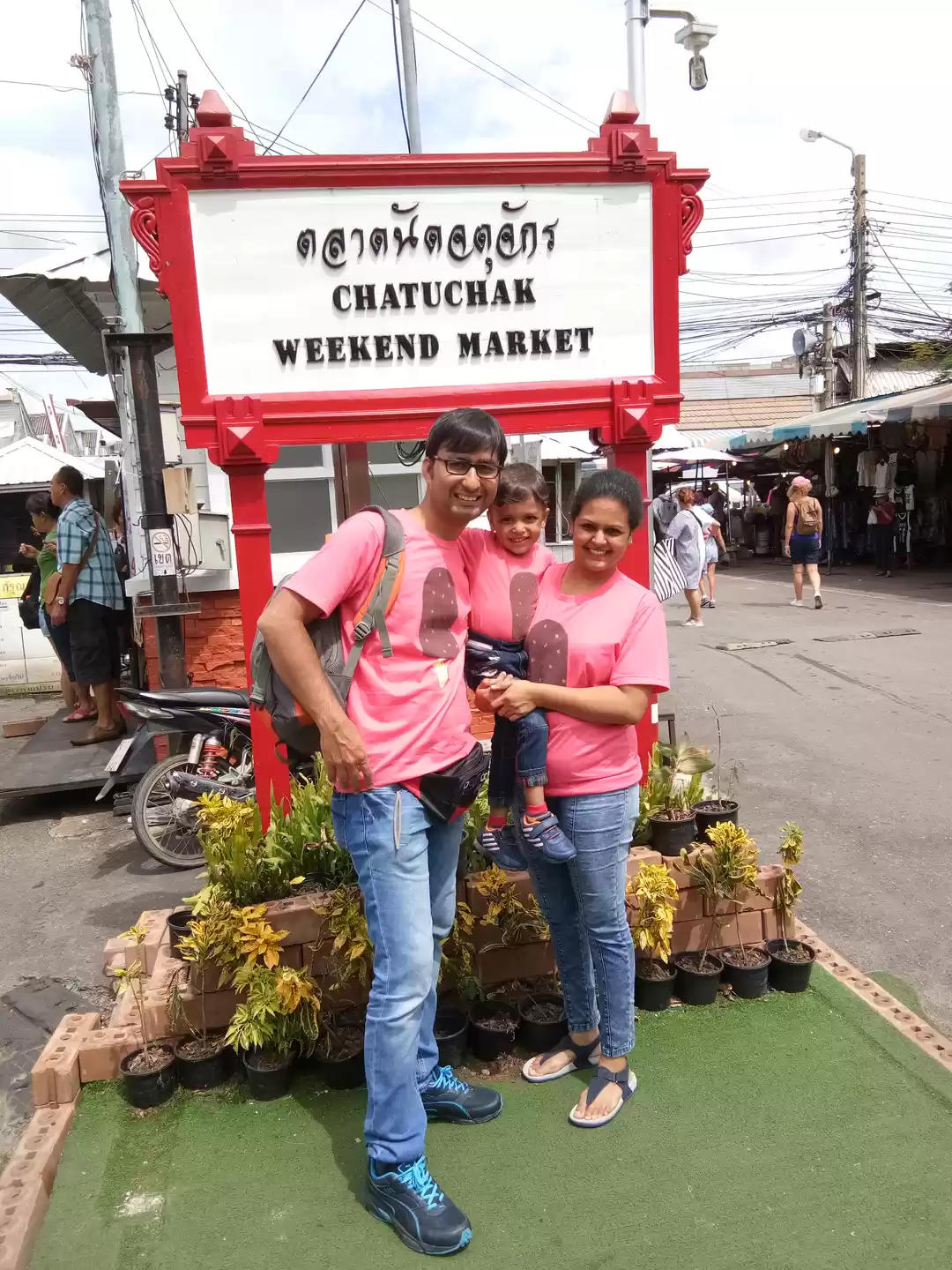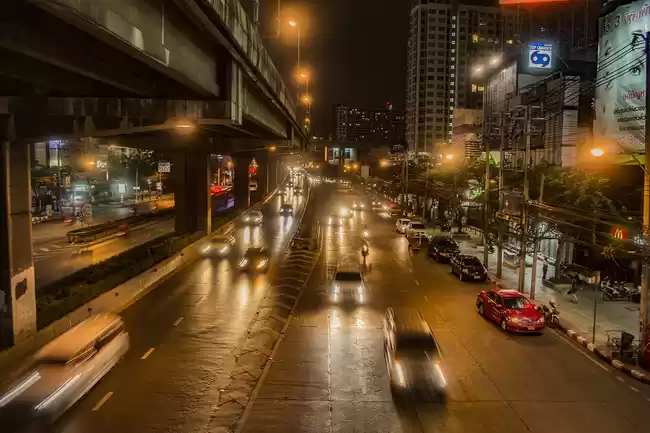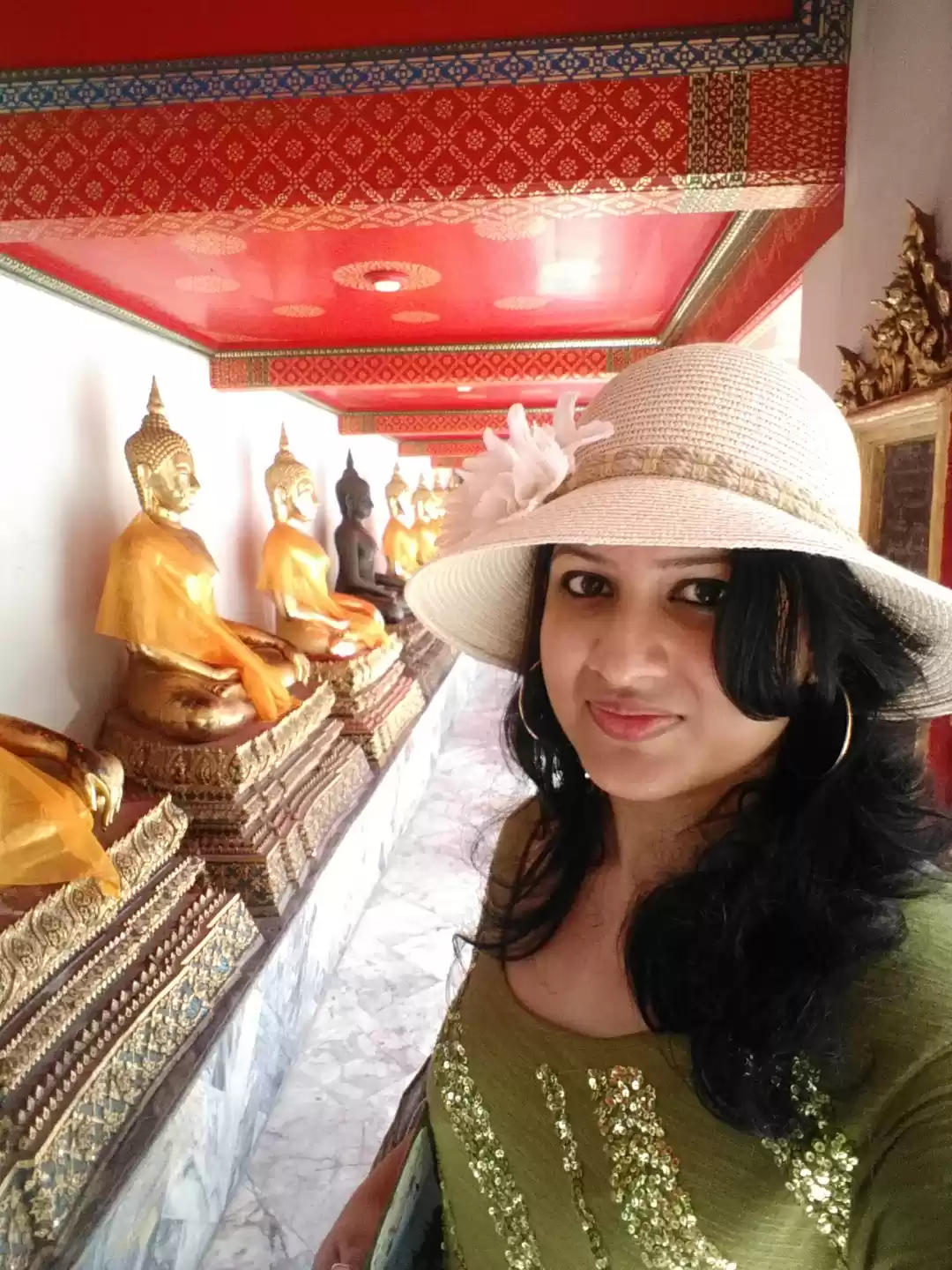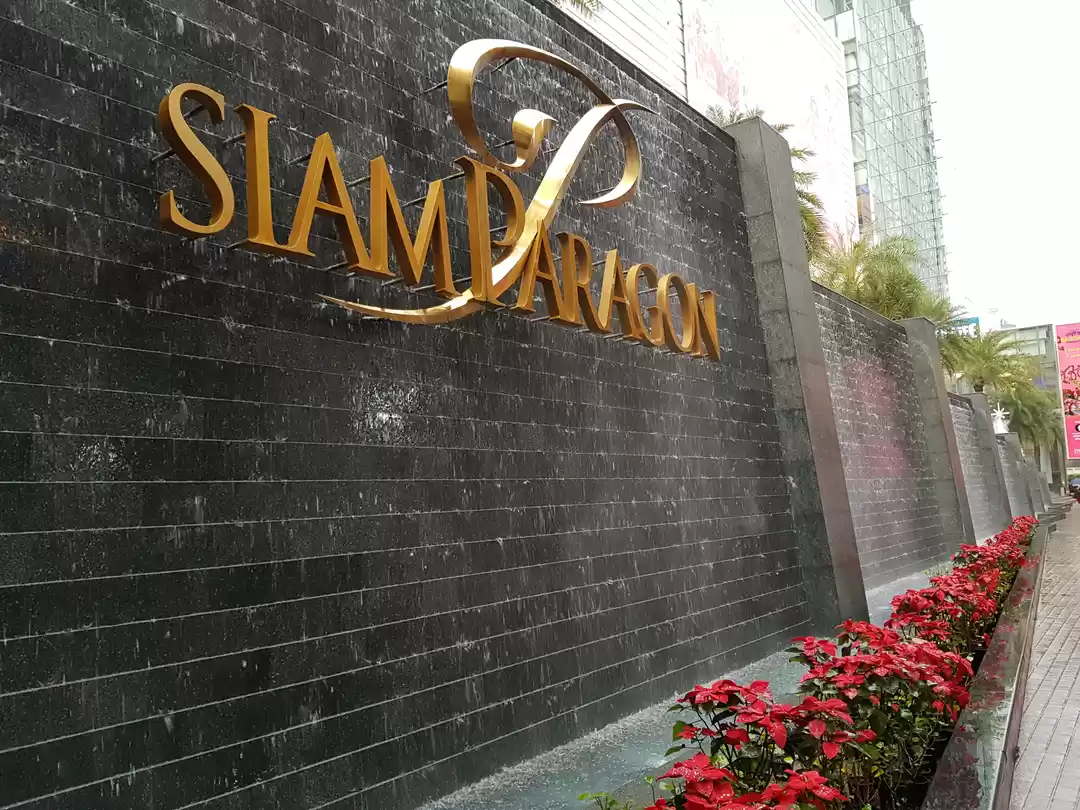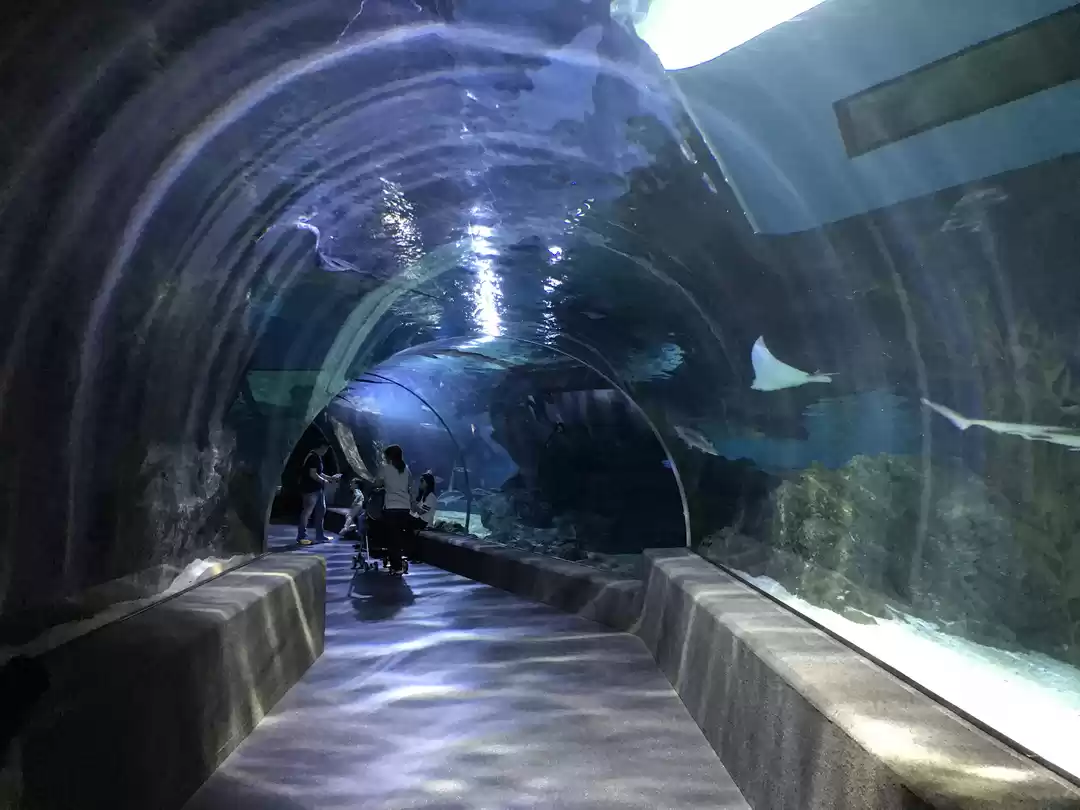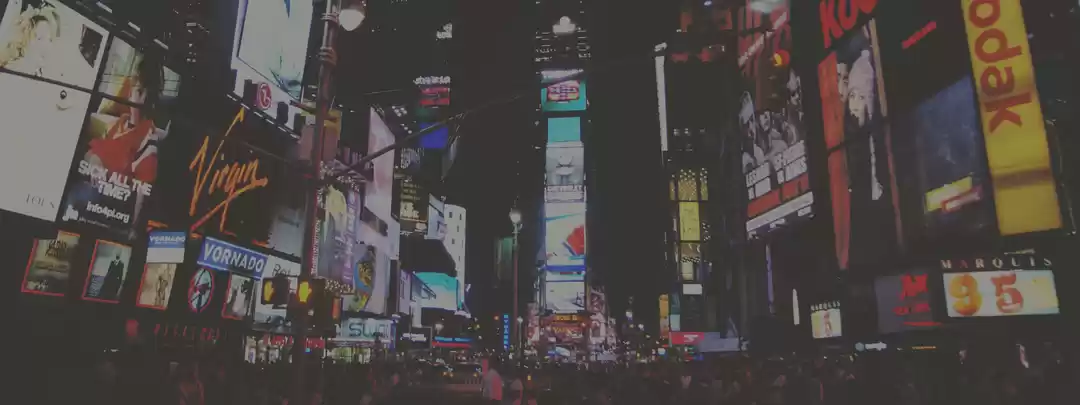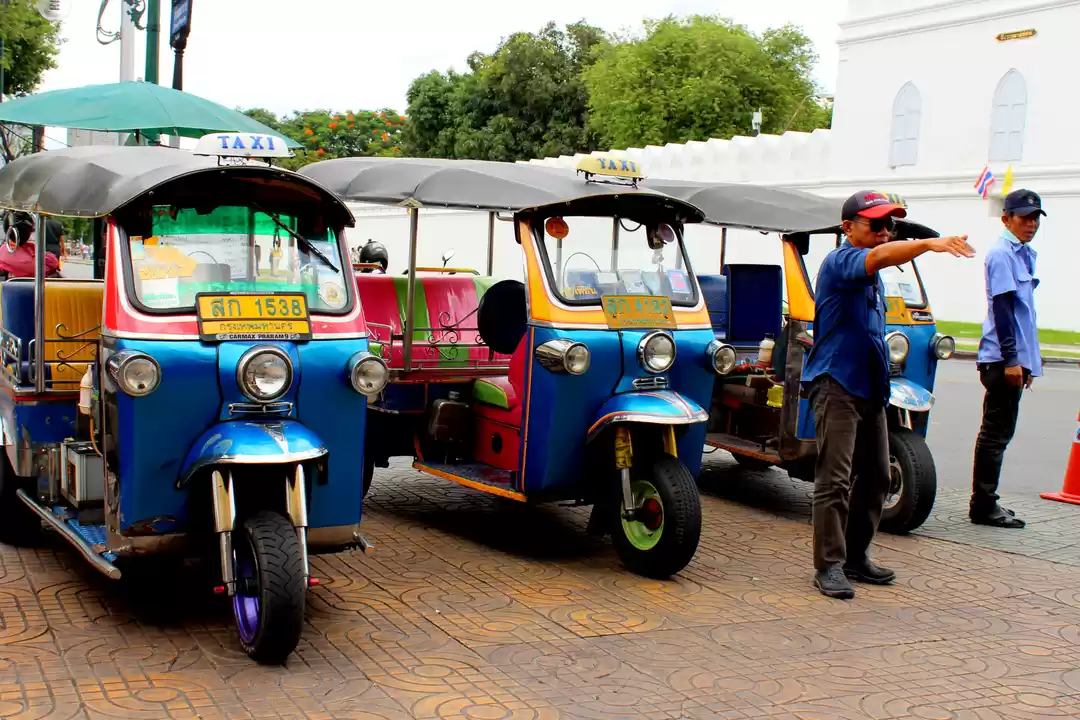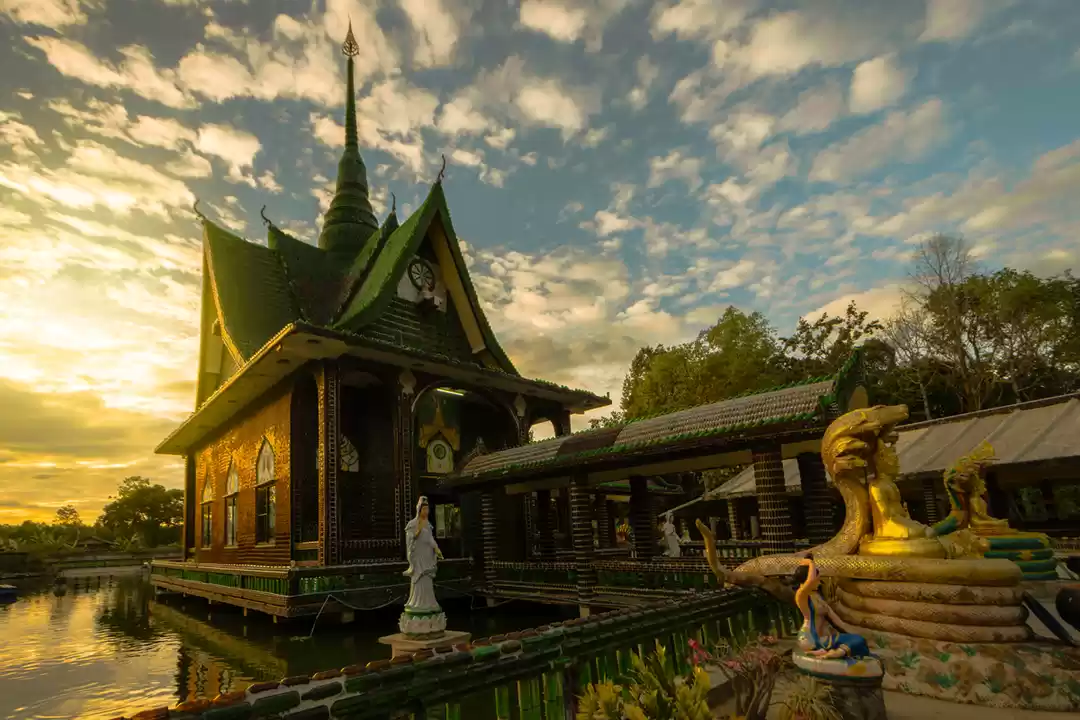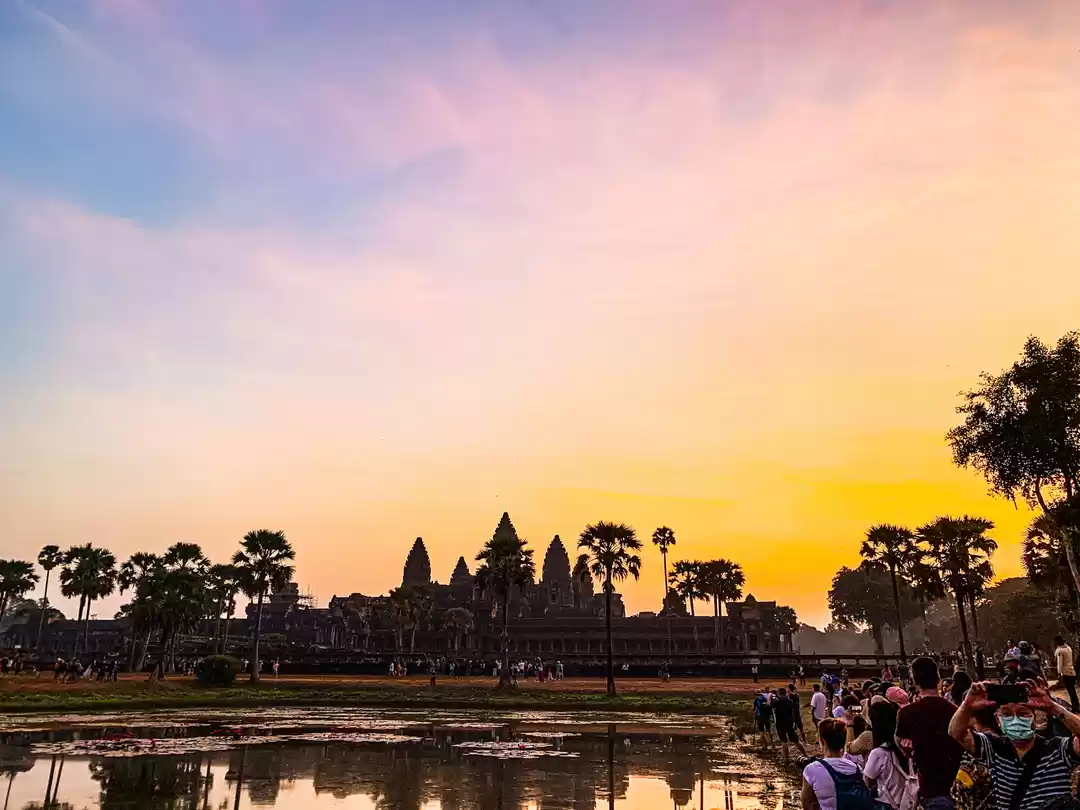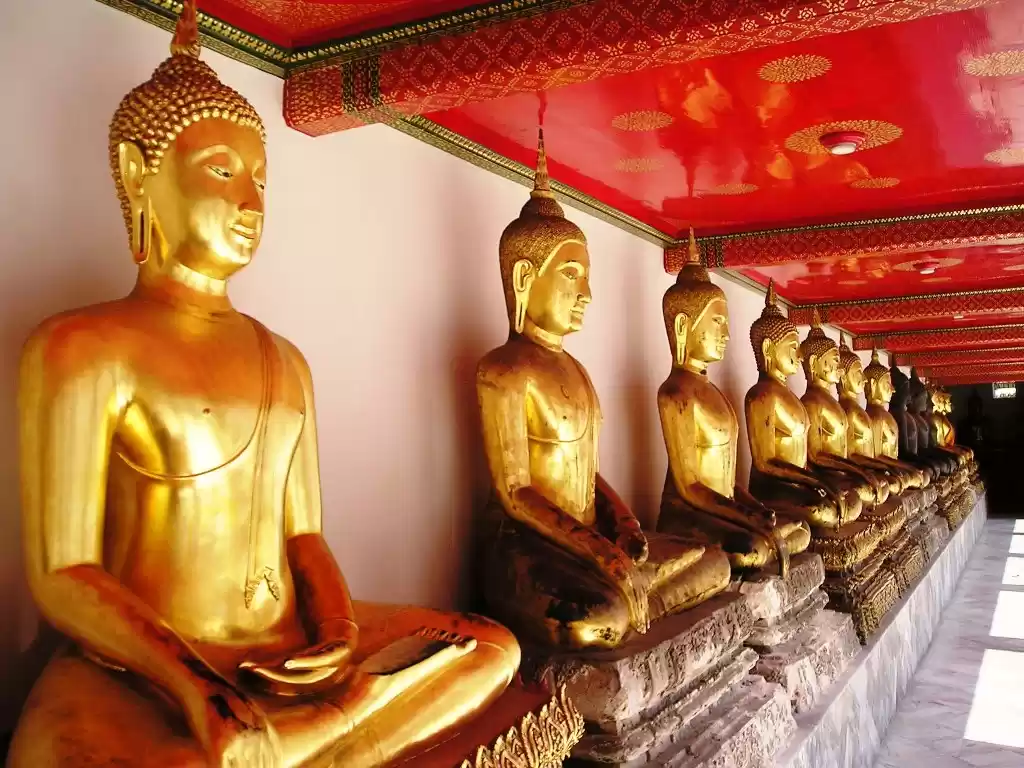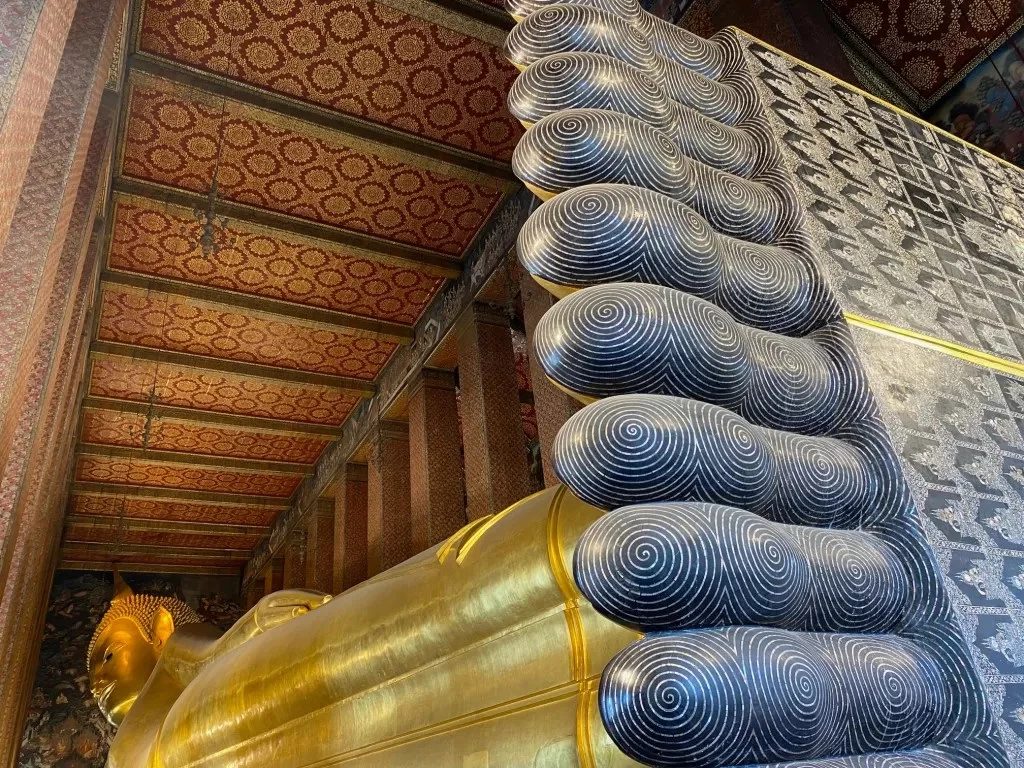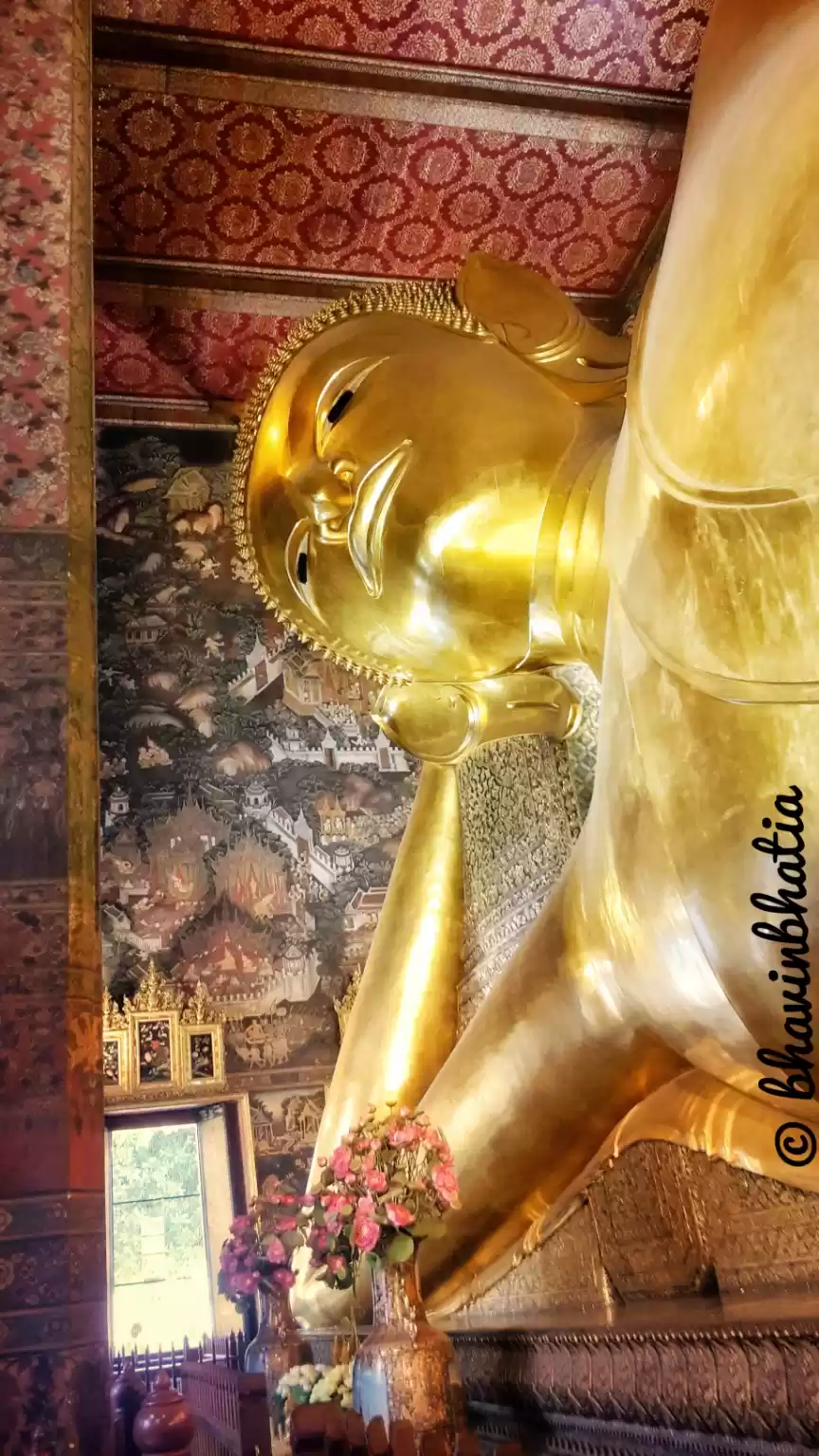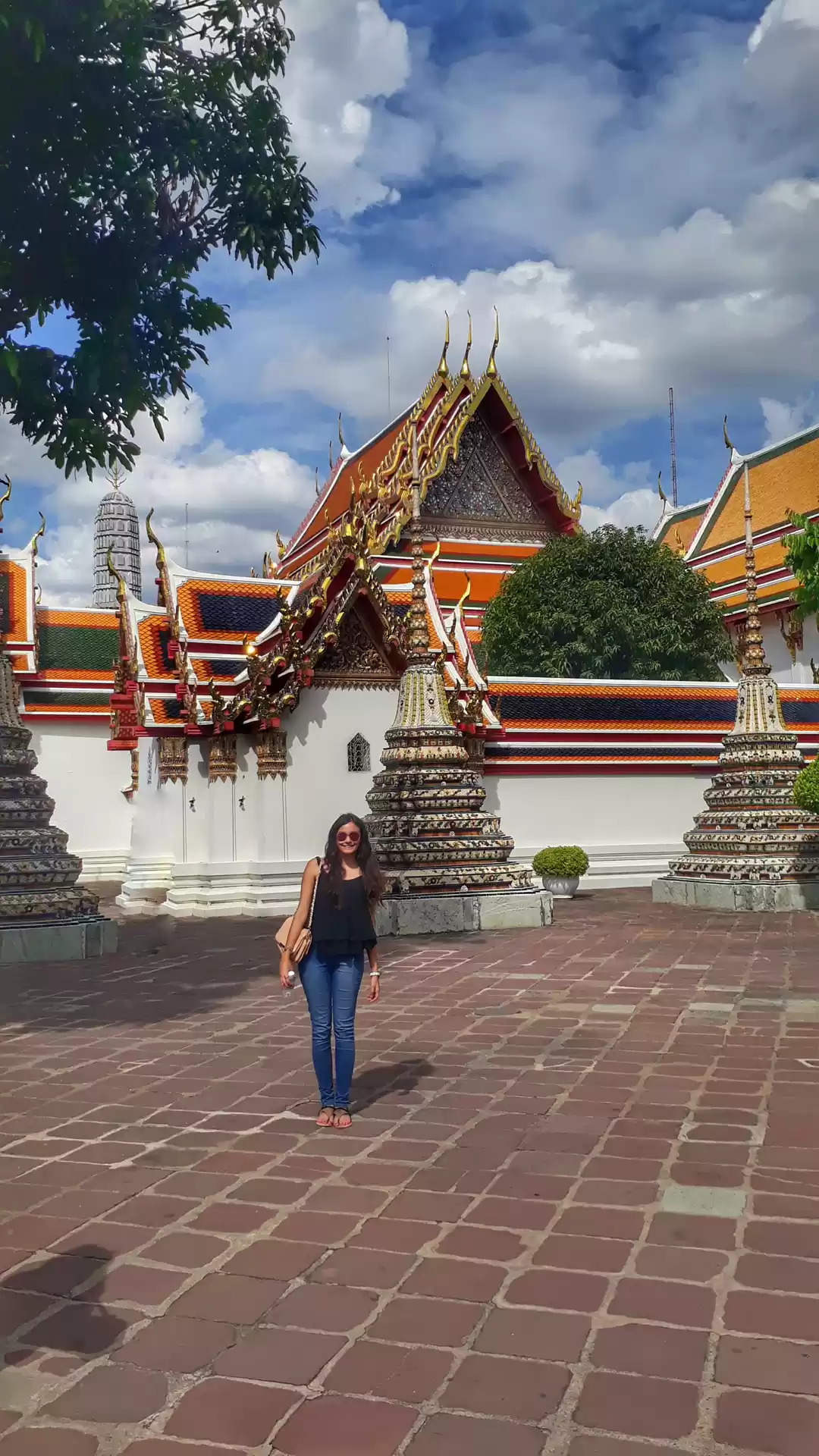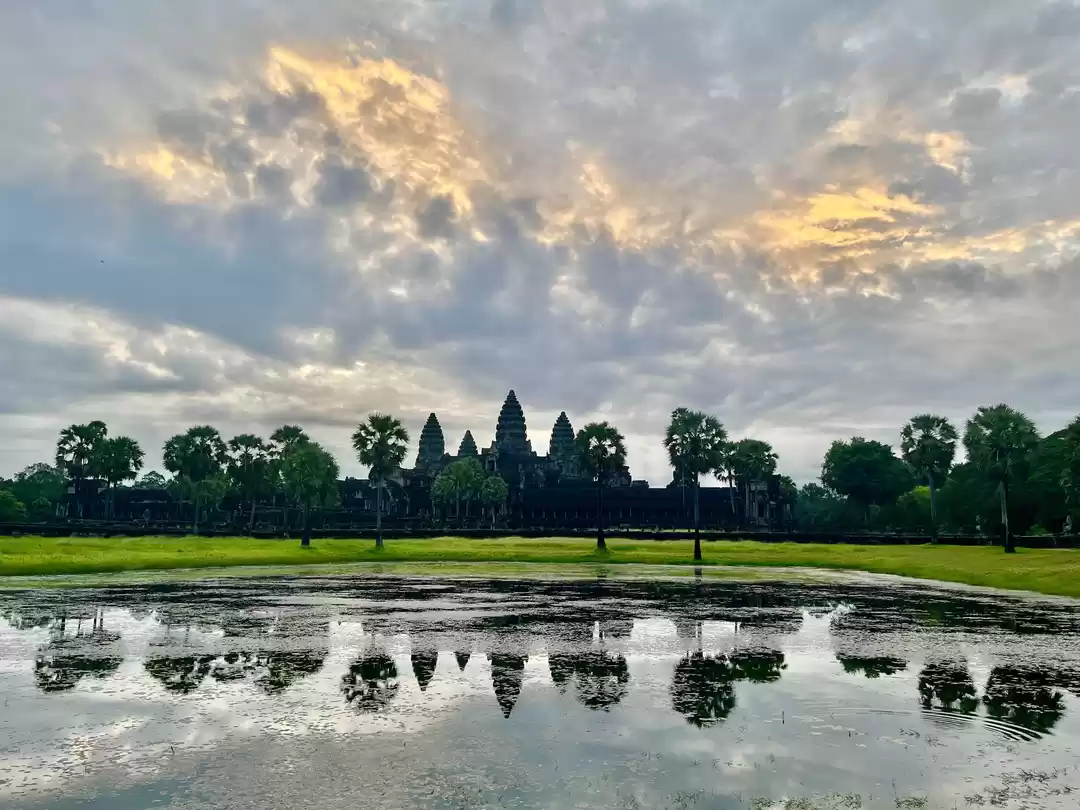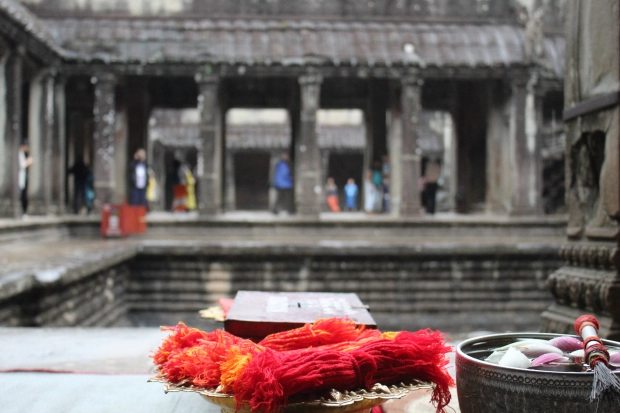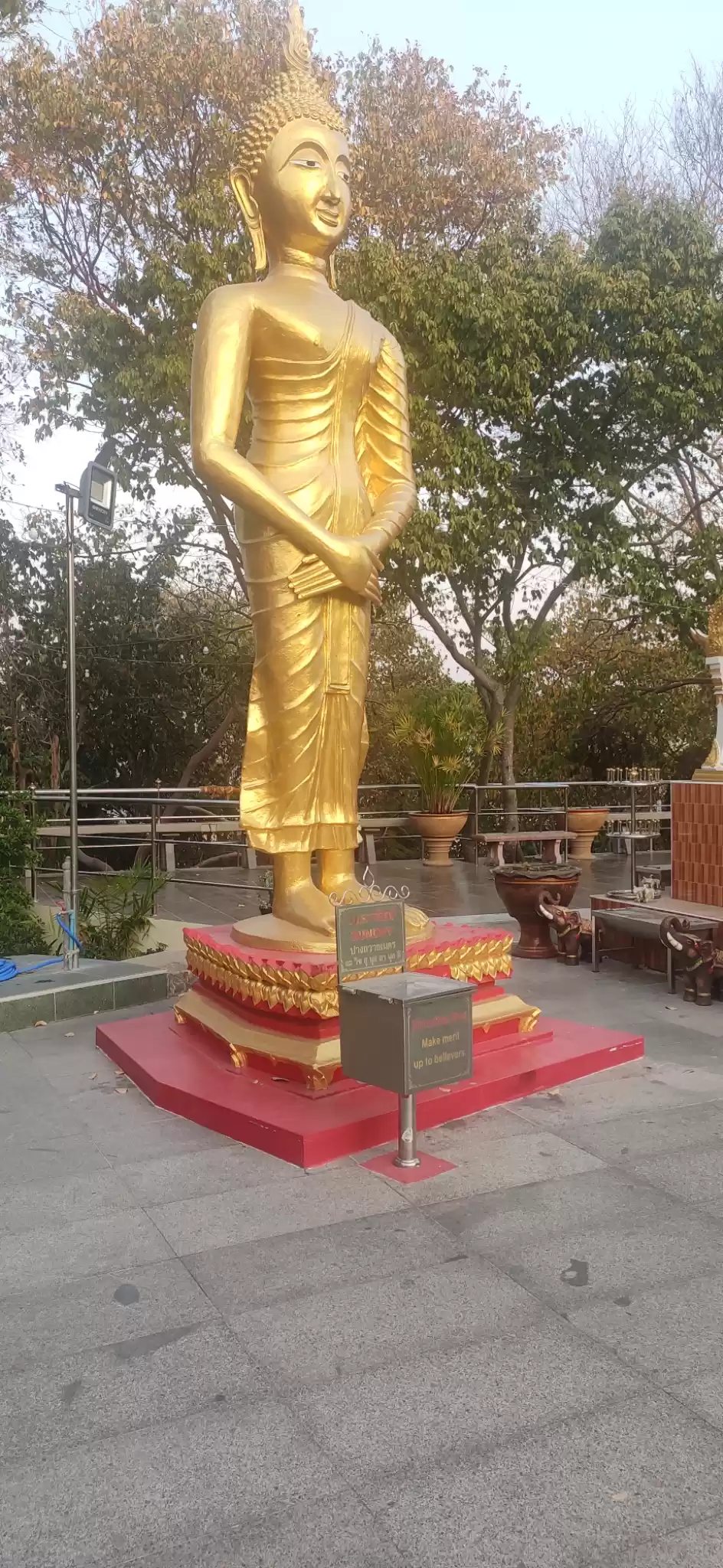If you are looking for a place that will take your breath away, look no further than Wat Phra Kaew, or the Temple of the Emerald Buddha. This temple is not only the most revered and visited attraction in Bangkok, but also the most sacred and spectacular one. It is the home of the Emerald Buddha, a priceless statue carved from jade that is the symbol of Thailand.
It is also the showcase of the Thai art and culture, with stunning buildings, sculptures, and murals that tell the stories of the country. In this guide, we will show you how to experience Wat Phra Kaew, from its background and features to its practical information and tips. Whether you are a first-time visitor or a seasoned traveler, you will discover something new and amazing about this temple that will make your trip to Bangkok unforgettable.
The Emerald Buddha: The Jewel of Wat Phra Kaew
The Emerald Buddha, or Phra Kaew Morakot, is the jewel of Wat Phra Kaew, and the main reason why millions of people visit this temple every year. It is a small statue of the Buddha in a meditating posture, but it is more than just a piece of art. It is a sacred and powerful object that is believed to have healing and protective powers. It is also a living and changing object that wears different sets of gold garments according to the seasons: summer, rainy, and winter. The changing of the robes is a grand ceremony that involves chanting, music, and processions, and it is a symbol of the king’s devotion and the nation’s prosperity.

The origin and legend of the Emerald Buddha are shrouded in mystery and myth. According to one version, the statue was created in India in the 5th century BC, and then traveled to Sri Lanka, Cambodia, and Laos, before arriving in Thailand in the 14th century. Along the way, it was hidden, stolen, lost, and rediscovered, and it was believed to bring good fortune and victory to the kingdoms that possessed it. According to another version, the statue was discovered in Chiang Rai in 1434, when a lightning strike revealed a jade Buddha inside a plaster covering. The statue was then moved to several locations, including Lampang, Chiang Mai, Luang Prabang, and Vientiane, before being captured by King Taksin of Thonburi in 1778. King Rama I, the founder of the Chakri dynasty and the Rattanakosin era, then brought the statue to Bangkok in 1784, and enshrined it in Wat Phra Kaew, where it has remained ever since.
The History and Architecture of Wat Phra Kaew: A Masterpiece of Thai Art and Culture
Wat Phra Kaew, or the Temple of the Emerald Buddha, is the most important and oldest temple in Thailand. It was built in 1782 by King Rama I, who also established Bangkok as the new capital of the country. The temple was designed to be the royal chapel and the personal temple of the king, and it was also the first building to be constructed in the Grand Palace, the royal residence and the seat of government. The temple was expanded and renovated by subsequent kings, who added new structures, decorations, and relics to the complex. The temple is also the final resting place of some of the kings, whose ashes are enshrined in the golden stupas and pagodas.
The architecture and style of Wat Phra Kaew reflect the Thai art and culture, as well as the influences of other countries and religions. The temple complex consists of over 100 buildings, each with its own function and significance. The main building is the Ubosot, or the ordination hall, where the Emerald Buddha is housed. The Ubosot is surrounded by a wall with 12 gates, and it is decorated with gilded carvings, colorful tiles, and mirrored glass. The interior of the Ubosot is also richly ornamented, with a golden altar, a mother-of-pearl inlaid door, and mural paintings that depict the life of the Buddha. The other buildings in the complex include the Phra Mondop, or the library, which contains sacred scriptures and a model of the universe; the Phra Si Rattana Chedi, or the golden stupa, which contains a relic of the Buddha; the Ho Phra Nak, or the royal mausoleum, which contains the ashes of the kings; and the Ho Phra Monthien Tham, or the royal pantheon, which contains the statues of the kings.
The temple complex also features many attractions and landmarks that showcase the diversity and creativity of the Thai culture. Some of the highlights are the mural paintings that cover the entire wall of the complex, and that illustrate the Ramakien, the Thai version of the Hindu epic Ramayana. The paintings tell the story of Rama, the incarnation of the god Vishnu, and his quest to rescue his wife Sita from the demon king Ravana. The paintings are divided into 178 scenes, and they are full of details, colors, and emotions.
Another attraction is the model of Angkor Wat, the famous temple in Cambodia, which was built by King Rama IV in 1860, to commemorate the friendship and the cultural exchange between the two countries. The model is a replica of the original temple, and it is made of plaster and brick. It is located in the northeast corner of the complex, and it is surrounded by a moat and a garden. A third attraction is the Ramakien Gallery, a collection of 12 bronze statues that depict the main characters of the Ramakien. The statues are based on the designs of King Rama VI, who was a patron of the arts and a writer of the Ramakien. The statues are located in front of the Phra Mondop, and they represent the virtues and values of the Thai people.
How to Visit Wat Phra Kaew: Practical Information and Tips
Visiting Wat Phra Kaew is a rewarding and memorable experience, but it also requires some preparation and planning. Here are some essential information and tips for visiting Wat Phra Kaew, to help you make the most of your trip:

The opening hours and admission fee:
Wat Phra Kaew is open daily from 8:30 a.m. to 3:30 p.m., except on special occasions, such as royal ceremonies or national holidays. The admission fee is 600 baht per person, which also includes the entrance to the Grand Palace and the Vimanmek Mansion. You can buy tickets online or on-site, but be aware that the tickets are limited and may sell out quickly. You can also rent an audio guide for 200 baht, which will give you more information and insights about the temple and its attractions.
The dress code and etiquette:
Wat Phra Kaew is a sacred and respectful place, and you must follow the dress code and etiquette when visiting. You must wear clothes that cover your shoulders and knees, and avoid wearing anything that is too tight, too short, or too revealing. You must also remove your shoes before entering the Ubosot, and keep them in a plastic bag that is provided. You must not touch or point at the Emerald Buddha or any other statues, and you must not turn your back to them. You must also refrain from talking loudly, taking selfies, or using flash photography. You must also respect the monks and the worshippers, and give them space and privacy.
The best time and way to visit Wat Phra Kaew:
The best time to visit Wat Phra Kaew is early in the morning or late in the afternoon, when the crowds are smaller and the temperature is cooler. You can also visit during the changing of the robes ceremony, which takes place four times a year, in March, July, November, and February. The ceremony is usually held on a Saturday or a Sunday, and it is a rare opportunity to see the king or a member of the royal family perform the ritual.
The best way to visit Wat Phra Kaew is to join a guided tour, which will give you more information and context about the temple and its history. You can also visit on your own, but make sure to do some research beforehand, and to follow the signs and the map that are provided.
The transportation options and directions to Wat Phra Kaew:
Wat Phra Kaew is located in the heart of Bangkok, and it is easily accessible by public transportation or taxi. The nearest BTS station is Saphan Taksin, and the nearest MRT station is Sanam Chai. From there, you can take a boat along the Chao Phraya River, and get off at Tha Chang Pier or Tha Tien Pier, which are both within walking distance to the temple. You can also take a taxi or a tuk-tuk, but be aware of the traffic and the scams, and negotiate the price before you get in. You can also walk to the temple from other nearby attractions, such as the National Museum, the Wat Pho, or the Wat Arun, which are all within a 2-kilometer radius.
The nearby attractions and activities that can be combined with a visit to Wat Phra Kaew
Wat Phra Kaew is not the only attraction in the area, and you can easily spend a whole day exploring the surrounding sights and sounds. Some of the nearby attractions and activities that you can combine with a visit to Wat Phra Kaew are:
The Grand Palace
It is the former residence and the seat of power of the kings of Thailand, and one of the most impressive and beautiful buildings in the country. The palace complex consists of several halls, pavilions, courtyards, and gardens each with its own style and function. You can admire the architecture and the history of the palace, and visit some of the highlights, such as the Dusit Maha Prasat Throne Hall, the Chakri Maha Prasat Throne Hall, the Amarindra Vinicchaya Throne Hall, and the Borom Phiman Mansion.
You can also see the Royal Guards and the Changing of the Guards ceremony, which take place every day at 10 a.m. and 2 p.m. - The National Museum, the largest and the oldest museum in Thailand, and one of the best places to learn about the history and culture of the country. The museum houses a vast collection of artifacts, artworks, and exhibits, ranging from prehistoric times to the present day. You can see the ancient pottery, jewelry, weapons, coins, and sculptures, as well as the royal regalia, costumes, and vehicles. You can also admire the architecture and the decoration of the museum, which was once a palace and a temple. You can join a free guided tour, which is offered in several languages, or explore the museum at your own pace.
The Wat Pho
Also known as the Temple of the Reclining Buddha, one of the oldest and largest temples in Bangkok, and one of the most famous landmarks in the city.
The temple is known for its enormous statue of the Buddha in a reclining position, measuring 46 meters long and 15 meters high, and covered with gold leaf and mother-of-pearl. The temple is also a center of learning and healing, and it is the birthplace of the traditional Thai massage. You can see the massage school and the herbal pharmacy, and even get a massage yourself. You can also explore the other attractions of the temple, such as the four chapels, the 91 stupas, the 394 Buddha images, and the stone inscriptions.
The Wat Arun
Also known as the Temple of Dawn, one of the most iconic and beautiful temples in Bangkok, and one of the best places to enjoy the sunset and the skyline of the city. The temple is located on the west bank of the Chao Phraya River, and it is easily recognizable by its towering central prang, or spire, which is 82 meters high and decorated with colorful porcelain and seashells. The temple is also adorned with statues, carvings, and gardens, and it offers a panoramic view of the river and the city. You can climb the steep stairs of the prang, and admire the architecture and the scenery. You can also take a boat ride along the river, and see the temple from a different perspective.
Wat Phra Kaew is a place that will leave you in awe and wonder, and it is a place that you will never forget. It is a place that will show you the beauty and the spirit of Thailand, and it is a place that will inspire you to explore more of this amazing country.
So, what are you waiting for? Book your trip to Bangkok today, and experience Wat Phra Kaew for yourself. You will not regret it.







